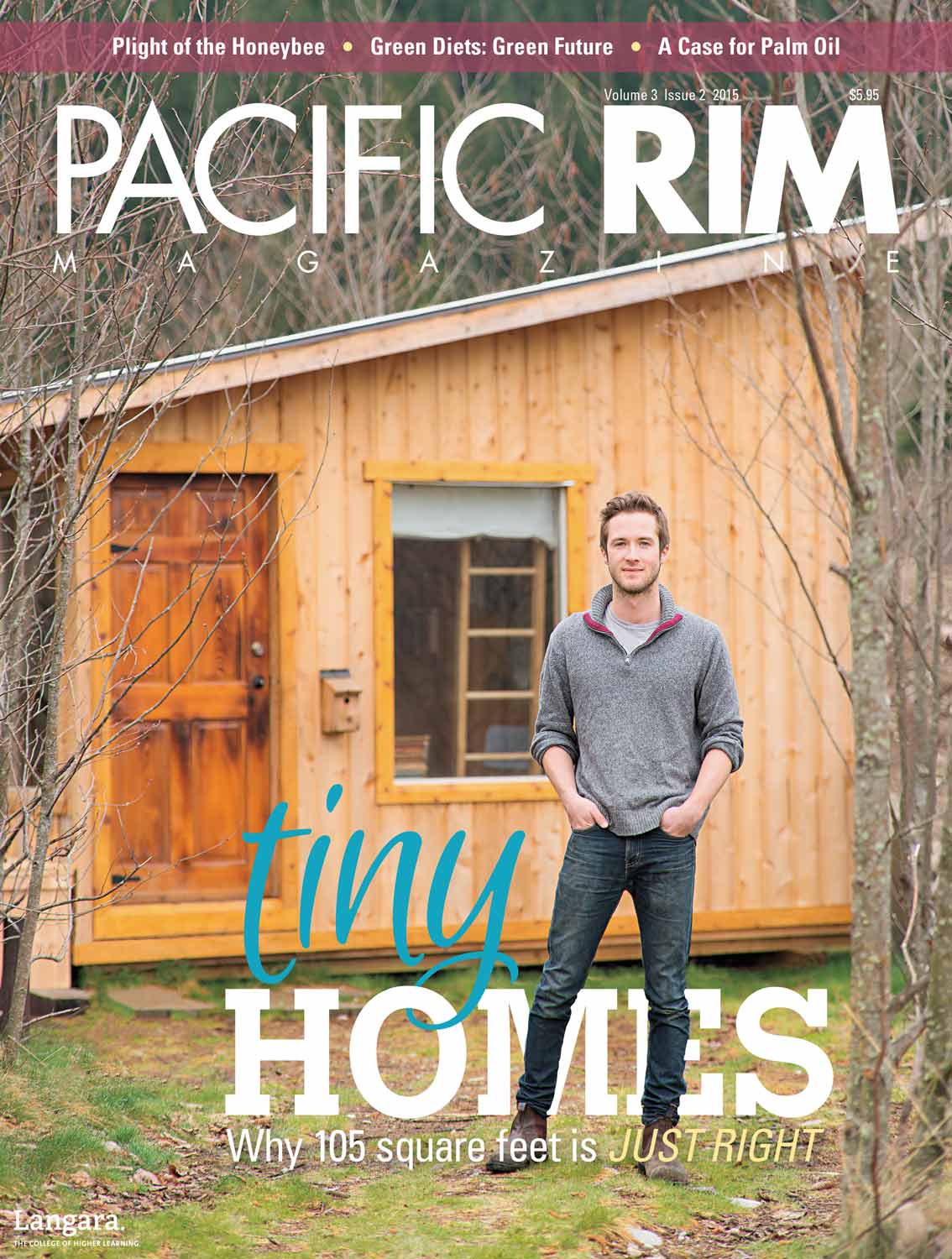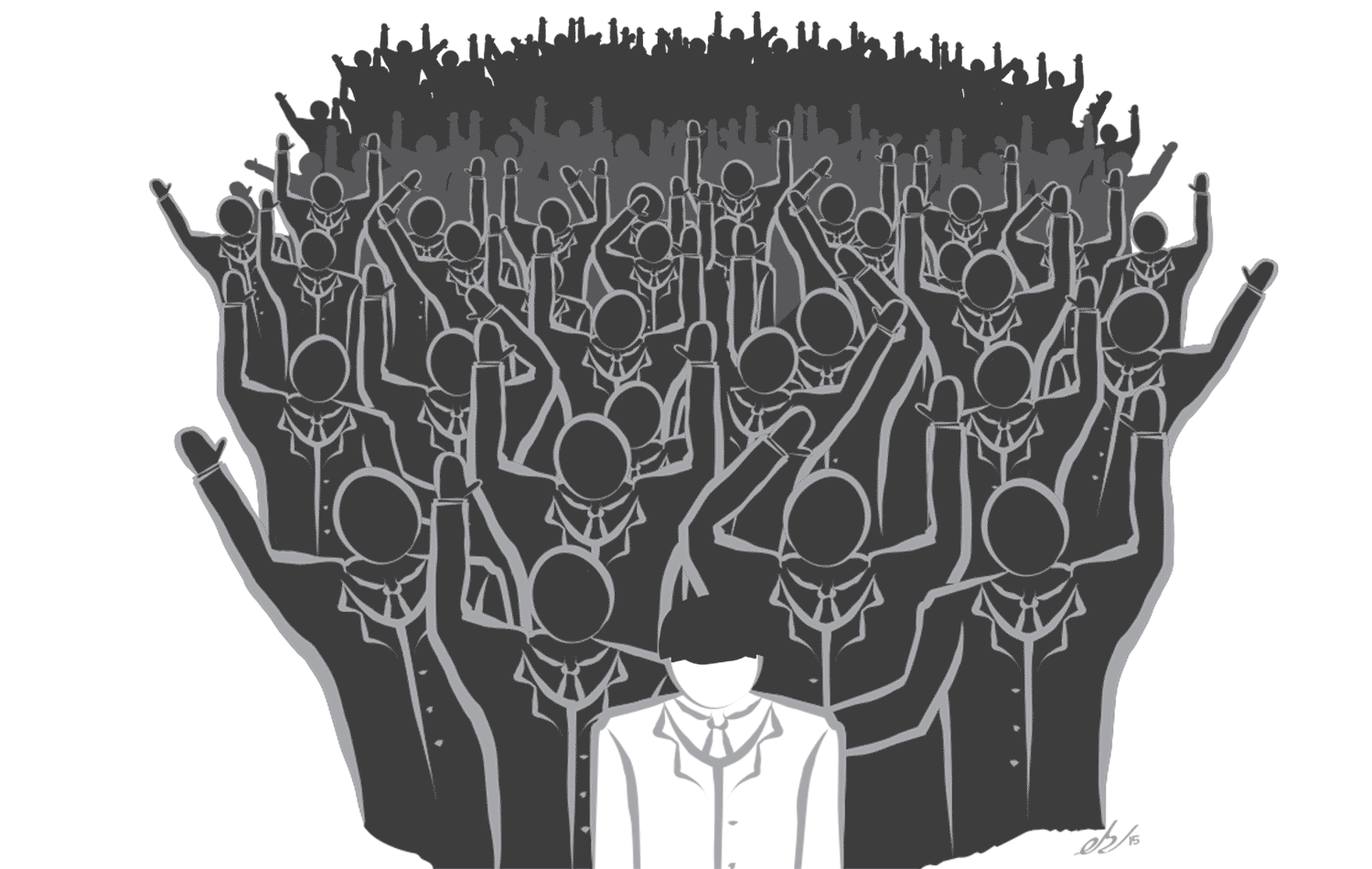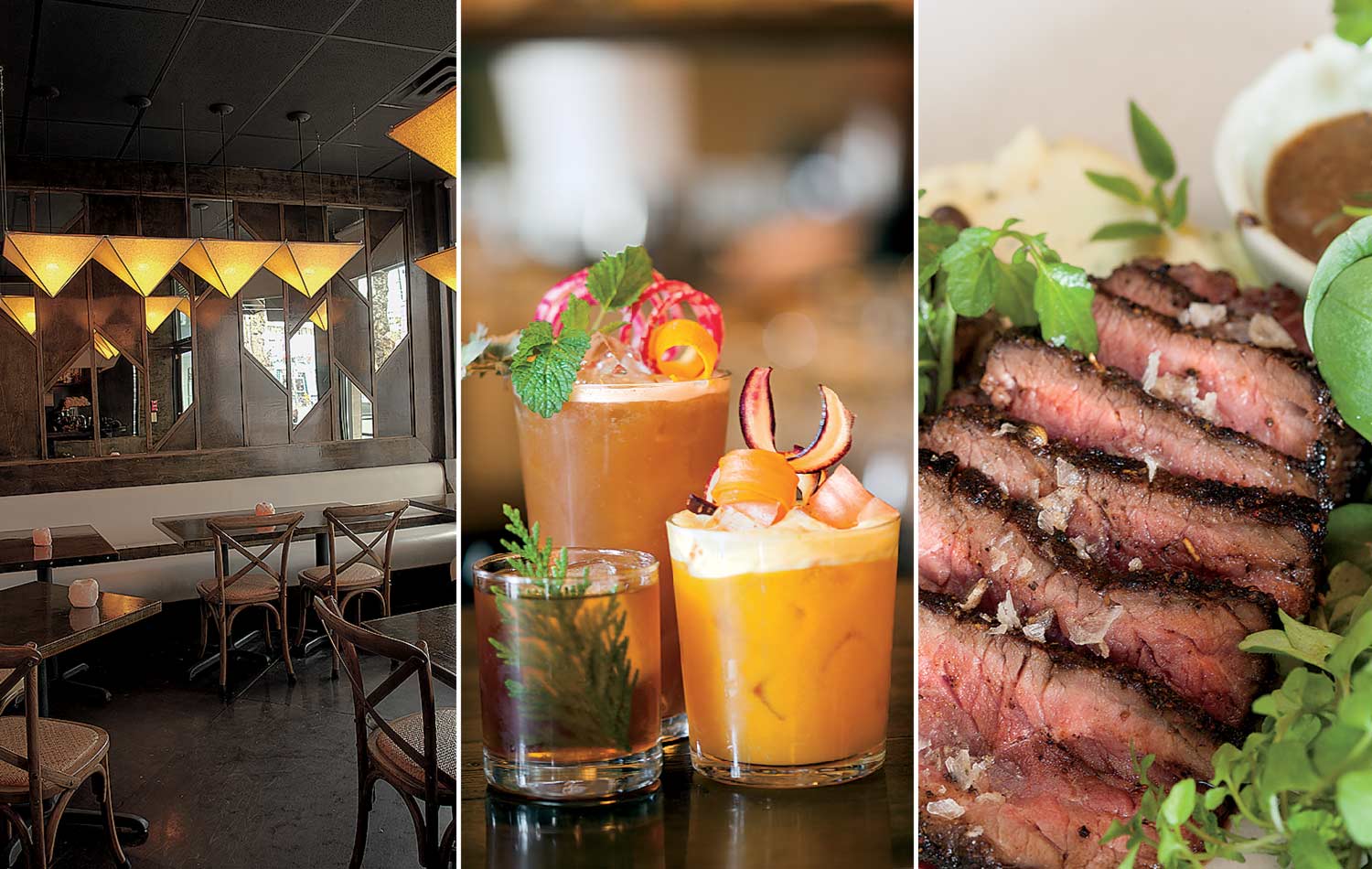Utter darkness surrounds me. I cautiously feel around the tabletop in front of me, searching for my fork. The sounds of laughter and clinking dishes reverberate in my ears, skewing my perception of sound placement. I stab at my plate and bring my fork to my mouth. My anxiety disappears as the jalapeño rosemary ravioli with cream sauce hits my taste buds, and I remind myself that I’m at Dark Table restaurant in Kitsilano, Vancouver.
Dark dining is a unique experience where guests eat in complete darkness to heighten their other senses. But dark dining is not just about the food; its mission is to bring awareness to the lack of employment opportunities for the visually impaired.
“Unfortunately, currently in this country there’s a 70 percent unemployment rate for Canadians who are blind or partially sighted,” says John Mulka, executive director and regional vice president of the Canadian National Institute for the Blind (CNIB), British Columbia and Yukon Divisions. According to Statistics Canada’s 2006 “Participation and Activity Limitation Survey” (PALS), over half (56.1 percent) of employed people aged 15 to 64 with a seeing condition stated that their condition limited both the amount and type of work they could perform.
The same survey showed that approximately four in ten people with seeing difficulties have a level of education greater than a high school diploma. Leonardo Ejiofor, a server at Dark Table, has struggled to find employment in the past due to his visual impairment — despite being educated and having experience in the business industry.
Blindekuh, the first dark dining restaurant, opened in Switzerland in 1999. The phenomenon of dark dining has since expanded worldwide: Opaque in San Francisco, Los Angeles, and San Diego; Nox in Singapore; and Alchemy in Hong Kong all hire visually impaired servers.
Before dark dining came to Canada, visually impaired individuals were not usually hired for serving positions. Dark Table Vancouver opened its doors in September 2012; since the initial hiring of seven or eight servers, the number of staff has increased. Turnover is low at Dark Table, General Manager Sami Mousattat confirms: “The [servers] get really excited because [they] just want to work.”
Mousattat comments on the changing perceptions that come from working at Dark Table: “We say we help the blind on the outside, but here, the blind help the sighted. So it’s reversing those roles.”
Not only does dark dining create a role reversal, it makes both patrons and servers take a step back and reflect. “I’m overwhelmed by the number of people who come here and they like it,” Ejiofor says, smiling widely. “The idea that they can come to my world and share what I go through every day is touching to me. I love it.”











